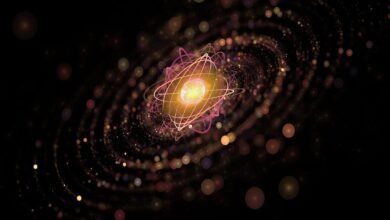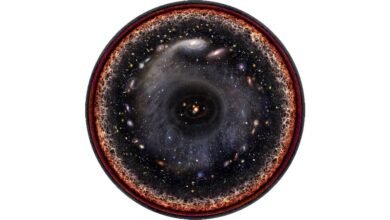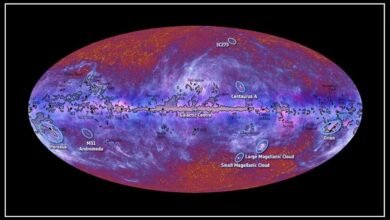SCIENCE
Ask Ethan: What would the Universe be like without dark matter? | by Ethan Siegel | Starts With A Bang! | Jun, 2025

In our Universe, dark matter outmasses normal matter by a 5-to-1 ratio, shaping the Universe as we know it. What if it simply weren’t there?
Here in our own Solar System, it’s normal matter that dominates the massive objects we observe and measure. Humans, planets, moons, and even the Sun are all made up of the same types of ingredients at their core: protons, neutrons, and electrons, bound together into various nuclei, atoms, molecules, and even grander structures. When we observe the orbits of these celestial objects, there’s practically no room for dark matter at all; its presence and its effects on Solar System scales are tiny and negligible. But when we look on larger cosmic scales, including:
- the scales of galaxies,
- at pairs of interacting galaxies,
- at groups and clusters of galaxies,
- at galaxy clusters in collisions,
- and at the large-scale, filament-like structure of the cosmic web,
it’s dark matter that dominates, with normal matter playing an importantly luminous, but gravitationally sub-dominant role.




